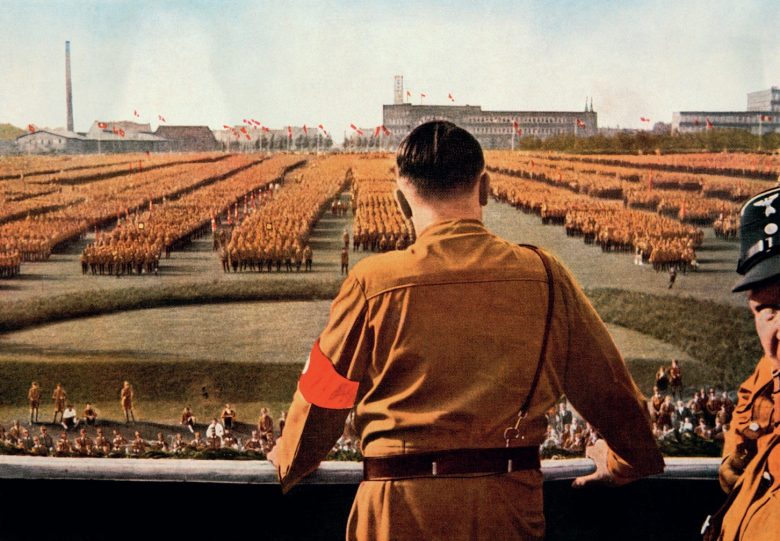
A hung parliament occurs when no single party commands an absolute majority of seats in the House of Commons. These are rare at Westminster because the simple plurality election system tends to give the party that secures the largest share of the popular vote a clear parliamentary majority. However, a hung parliament is possible after the 2010 general election because a swing to the Conservatives of only 1.6% would deny Labour a majority; but the Conservatives require a swing of nearly 7% to reach the 326 seats needed for an absolute majority. The increased number of seats won by smaller parties also makes the target more difficult to achieve.
In the postwar period, only the February 1974 general election produced a hung parliament. Harold Wilson’s Labour Party won 301 seats, four more than Edward Heath’s Conservatives — even though the latter polled more votes — but 17 short of an absolute majority. In addition, two governments have lost their majority in the course of a parliament.
Your organisation does not have access to this article.
Sign up today to give your students the edge they need to achieve their best grades with subject expertise
Subscribe




